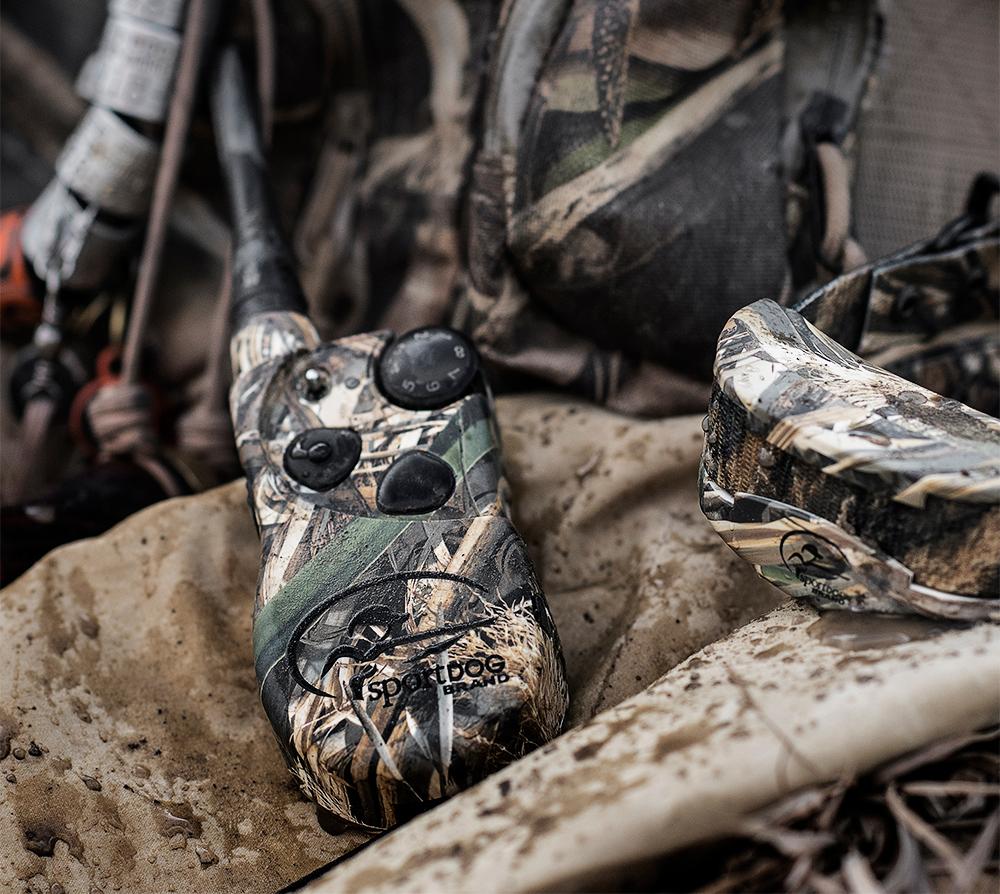
Waterfowl Gear Checklist
Posted by The SportDOG StaffEach year, thousands of hunters prepare for the upcoming waterfowl seasons. From cleaning neglected decoys, to getting a retriever in shape, the chance to have a productive waterfowl season begins by properly gearing up. Here is a rundown of what just about any hunter will need when going afield this season.
Hunting License, Permits, and Stamps
Much of each state’s budget for wildlife support and management programs are funding from hunting license fees and federal excise taxes (Pittman-Robertson Act), derived from the sale of firearms and ammunition. Each hunter who hunts waterfowl will need to purchase Federal Duck Stamp, which returns 98% of the purchase price back to support bird habitat conservation. A migratory bird Harvest Information Program (HIP) permit is also needed to legally hunt waterfowl. Be sure to check your local regulations for more info on necessary licenses and permits in your area.
Firearms and Ammo
What could be more embarrassing than getting to a hunt and realizing you’ve left your shotgun propped up in the corner of your entryway? Speaking from experience … pretty much nothing. A shotgun that won’t cycle or eject, or incorrect shotshells also make for a bad day. A clean and lubricated shotgun, along with the correct shotshells is the first step to downing waterfowl. Be sure to bring along a choke tube and wrench to tighten or change out chokes, too.
Apparel
Making the right choice of hunting apparel can be the difference between a great morning hunt and a miserable outing. Layering is a great way to mitigate changes in temperature throughout the day. Moisture-wicking base layers helps move sweat away from the skin, reducing wild swings in body temperatures. Weather and terrain will dictate what outer layers will be best for that day’s hunt. Shooting over a small pond with a forecast in the 30s? Insulated waders are a must. If calling in geese from a layout blind in a grain field during warmer fall months, lighter clothing should suffice. Either way, keeping an extra set of dry clothes in the vehicle or boat is a great safety precaution.
Concealment Tools
Concealment is critical for successful waterfowl hunting. In some areas, ducks and geese are experiencing an all-time high in hunting pressure and are wary of any unnatural settings. Plain and simple – if birds can see you, they will not come within range.
Although pop-up and layout blinds are available, many hunters choose to build an impromptu blind from surrounding vegetation. A hatchet, loppers, and pruners are essential tools to cut branches, grass, or brush. These will also be useful if shooting lanes need to be created. Baling wire, twine, or parachute cord can be used to join the frame together and help keep the temporary structure together on a windy day.
Calls and Decoys
Built-up mud or gunk in a call can alter the sound needed to bring in birds. Running water through the call may be all that is needed but running a string of floss under the reed usually knocks off any remaining muck. Plastic or acrylic calls can be soaked in a mild soapy mixture. Be sure to check the conditions of the reeds and replace if they are chipped or cracked.
Take stock of your decoys and decide if any replacements are needed and order well before the start of the season to beat the inevitable uptick in demand. Check decoys for pellet holes and reseal with epoxy and repaint with a primer before painting. Other areas may need a touch-up of paint as well. Replace any damaged or missing decoy cords and anchors.
A Well-Trained Dog
If you’re not training year-round, getting your dog in peak physical conditioning and brushing up on training and bird work should start two to three months before opening day. Dogs need to build up their conditioning, so a progressive training regimen will limit any injuries or setbacks.
Waterfowl hunters can lean on the expertise and high-quality craftsmanship of SportDOG Brand® with the WetlandHunter® 425X or 1825X. Covered in Realtree Max-5®, the WetlandHunter series has been designed and tested to withstand the harshest waterfowl environments.
Related Products


